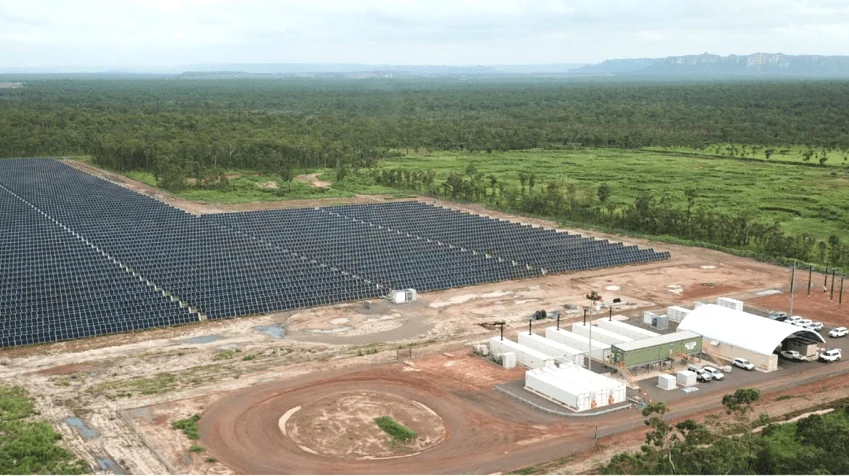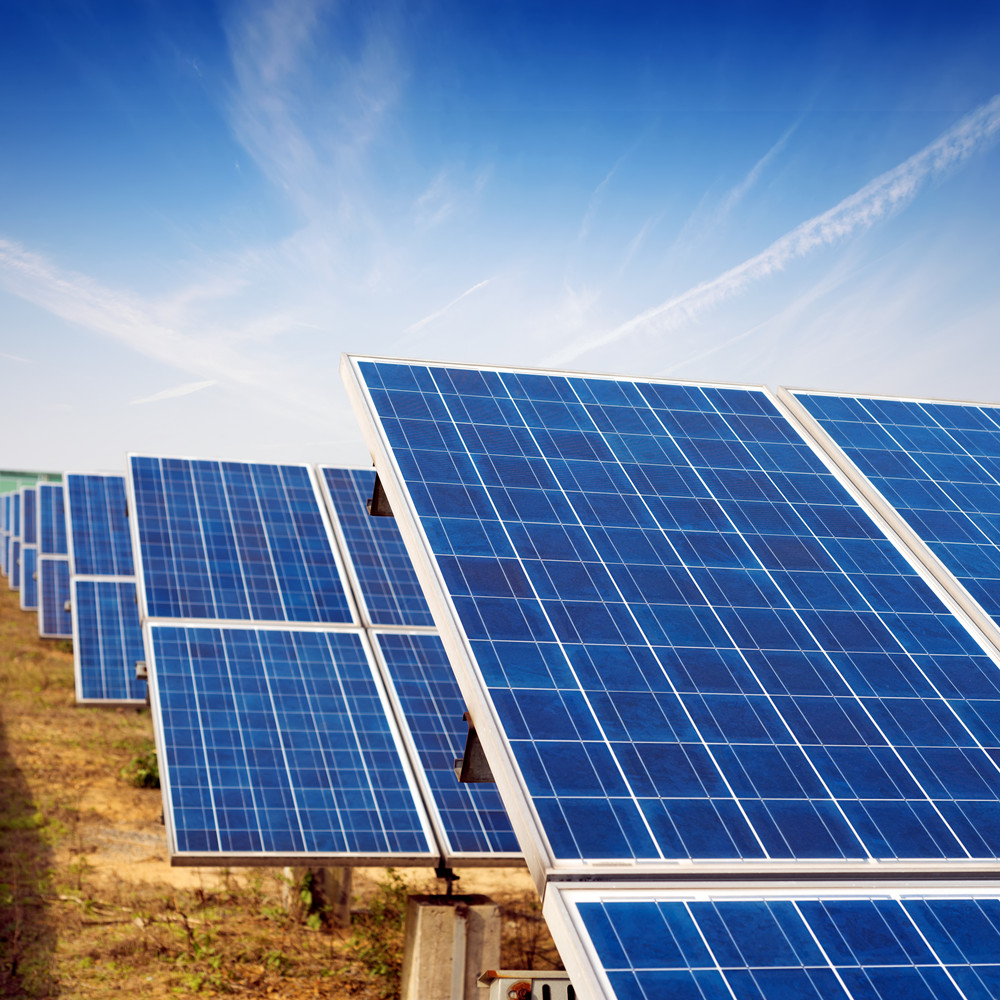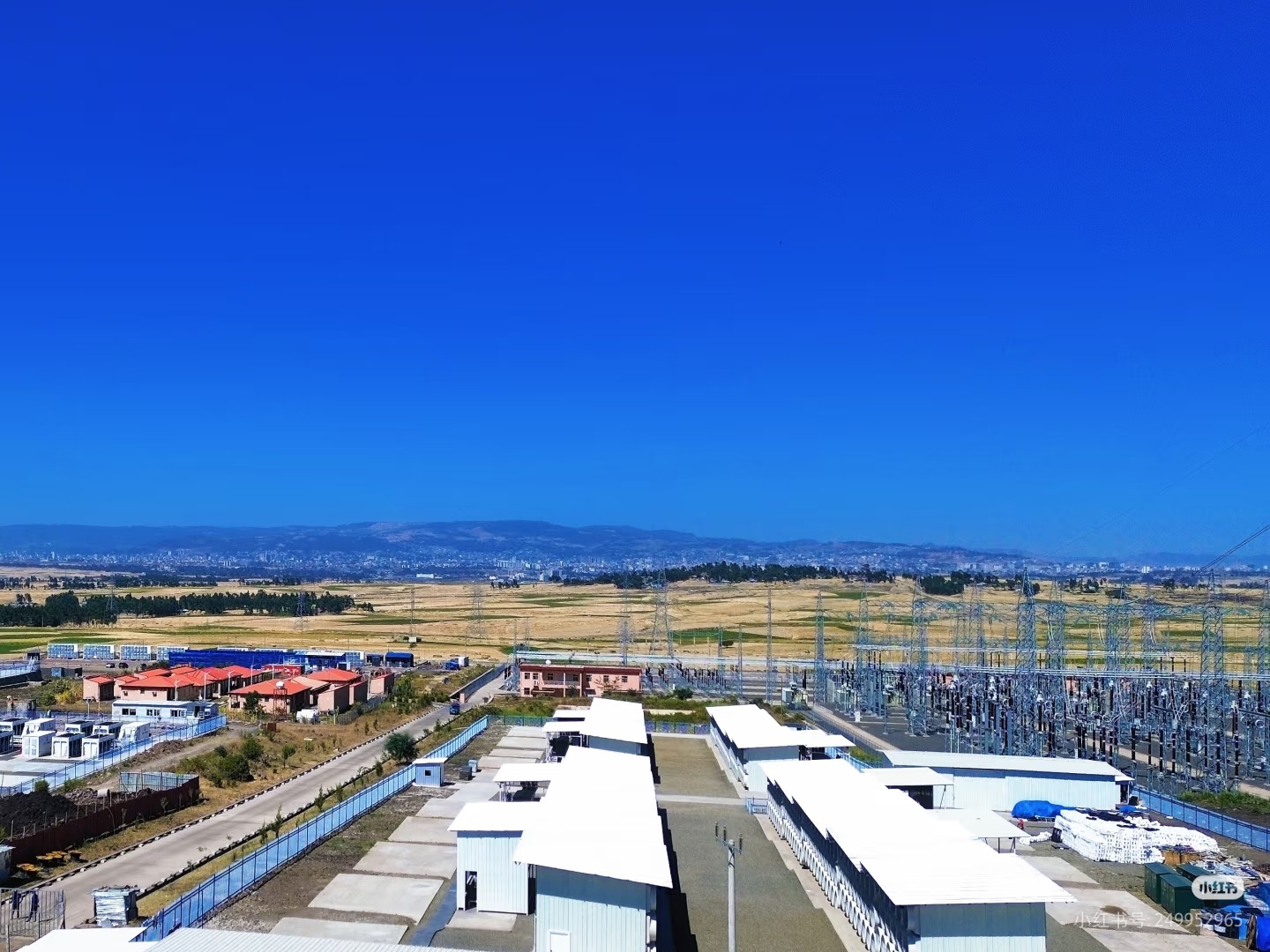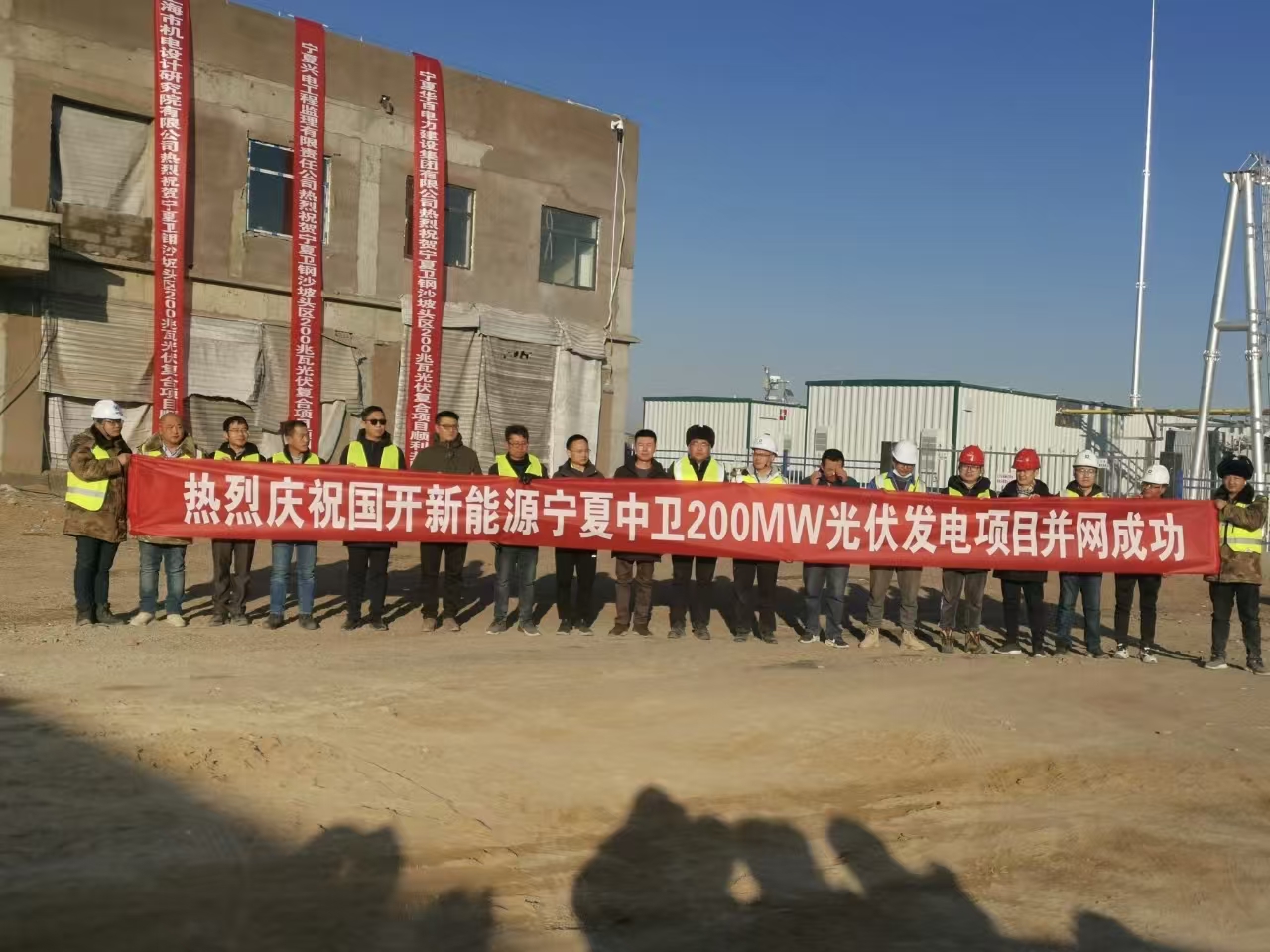In the modern world, energy independence is becoming increasingly important for nations, and solar power plants play a significant role in achieving this goal. Solar energy, a clean and renewable source of power, can reduce a country’s dependence on foreign energy sources like oil and natural gas, which are often subject to fluctuating prices and geopolitical instability. In this article, we’ll explore how solar power plants contribute to energy independence and why this is important for both national security and economic stability.

1. What is Energy Independence?
Energy independence refers to a country’s ability to produce and supply its own energy without relying on foreign imports. When a country is energy independent, it does not need to depend on other nations for critical resources like oil, gas, or coal. Instead, it generates its energy from local, renewable sources such as solar, wind, and hydroelectric power. Achieving energy independence is important because it enhances national security, strengthens the economy, and ensures a stable and reliable energy supply.
2. Solar Power and Its Role in Energy Independence
Solar power is one of the most promising renewable energy sources for achieving energy independence. Here’s how solar power plants contribute:
a. Solar Energy is Local and Abundant
Solar power comes from the sun, a resource that is available nearly everywhere on Earth. Unlike fossil fuels, which are concentrated in specific regions, the sun’s energy can be harnessed in any country, making it a reliable and local source of power. Solar power plants can be built in diverse locations—on rooftops, in open fields, or in deserts—allowing countries to reduce their reliance on imported energy.
b. Reducing Dependence on Imported Oil and Gas
For many countries, oil and gas imports make up a large portion of their energy needs. These resources are often subject to price volatility and geopolitical issues. For example, political instability in oil-producing regions can lead to sudden price hikes or supply shortages. Solar power plants provide an alternative energy source that reduces the need to import oil and gas, helping countries gain greater control over their energy future.
c. Distributed Energy Production
Solar power is well-suited for decentralized energy production. Unlike traditional power plants that rely on large, centralized grids, solar panels can be installed in a variety of locations—on rooftops, farms, or even homes. This “distributed” approach allows for energy to be produced close to where it’s consumed, reducing transmission losses and improving energy efficiency. In case of emergencies or supply disruptions, decentralized solar energy systems can continue to operate independently, making countries less vulnerable to external shocks.
3. Benefits of Solar Power for Energy Independence
a. Environmental Benefits
Solar power is clean and renewable. Unlike fossil fuels, it doesn’t release harmful pollutants into the atmosphere, which helps reduce air pollution and combat climate change. By investing in solar power, countries can decrease their carbon footprint and meet their environmental goals. This is particularly important for nations committed to reducing greenhouse gas emissions as part of international climate agreements.
b. Economic Stability
By developing solar power infrastructure, countries can create new jobs, boost local economies, and stimulate green technology innovation. Solar power systems are also becoming more affordable due to advancements in technology and economies of scale. This means that countries can not only reduce their reliance on foreign energy but also create economic opportunities in the renewable energy sector.
c. Long-Term Energy Security
Solar power is abundant and will not run out. Unlike fossil fuels, which can deplete over time, solar energy is inexhaustible as long as the sun shines. By investing in solar energy, countries can ensure a long-term and stable energy supply. This type of energy security is vital for maintaining stability in energy pricing and avoiding future energy crises.
4. How Solar Power Plants Work
Solar power plants use photovoltaic (PV) cells to convert sunlight into electricity. These PV cells are typically made of silicon, and when sunlight hits them, it generates an electric current. The electricity produced is then sent to inverters, which convert it from direct current (DC) to alternating current (AC), making it suitable for household and industrial use.
There are two main types of solar power plants:
- Utility-Scale Solar Power Plants: These are large, centralized facilities that generate electricity and feed it directly into the grid. They are often located in areas with abundant sunlight, such as deserts.
- Distributed Solar Power Systems: These systems are smaller and are installed on buildings, rooftops, or other locations. They allow homeowners and businesses to generate their own electricity and reduce their reliance on the grid.
5. Global Adoption of Solar Power and Energy Independence
Many countries are already using solar energy as part of their strategy to achieve energy independence. For example, China is the world’s largest producer of solar power, and it is investing heavily in renewable energy to reduce its dependence on imported coal and oil. Other countries, such as Germany, the United States, and India, have also made significant strides in solar energy production, recognizing its role in reducing energy dependency and securing a cleaner, more sustainable future.
6. Challenges in Achieving Full Energy Independence Through Solar Power
While solar power is a promising solution for energy independence, there are challenges that must be overcome:
- Intermittency of Solar Energy: Solar energy production depends on sunlight, which means it is intermittent. On cloudy days or during the night, solar panels cannot generate electricity. To address this, energy storage solutions, such as batteries, are needed to store excess energy produced during sunny periods for use when solar power production is low.
- Initial Investment Costs: Although the cost of solar technology has decreased significantly, building large-scale solar power plants still requires significant investment. Governments and private companies must continue to work together to find funding mechanisms and incentives to support solar energy development.
- Infrastructure Limitations: Many regions may lack the necessary infrastructure to support the widespread deployment of solar power, especially in remote or developing areas. Building the infrastructure for solar energy production and distribution is a key hurdle to achieving energy independence.
7. The Future of Solar Power and Energy Independence
As technology continues to advance, the potential for solar power to contribute to energy independence grows. Innovations in solar panel efficiency, energy storage systems, and smart grid technology are making solar energy more reliable and cost-effective. Additionally, as more countries commit to reducing their carbon emissions, solar energy will play a key role in the global transition to cleaner, more sustainable energy systems.
Frequently Asked Questions (FAQ)
1. Can solar power completely replace traditional energy sources?
While solar power has the potential to replace a significant portion of traditional energy sources, it is unlikely to completely replace fossil fuels in the short term. Solar energy can, however, complement other renewable sources like wind and hydroelectric power, creating a diverse and sustainable energy mix.
2. How long does it take to build a solar power plant?
The time it takes to build a solar power plant depends on its size and location. Utility-scale solar power plants can take anywhere from 1 to 3 years to complete, including permitting and construction. Smaller, distributed systems can be installed much faster, sometimes within a few weeks.
3. Is solar power environmentally friendly?
Yes, solar power is environmentally friendly. It produces no greenhouse gas emissions during operation and helps reduce air pollution. The production of solar panels does have an environmental impact, but it is significantly lower than that of fossil fuel power generation.
4. How does energy independence affect consumers?
Energy independence can lead to lower energy prices, greater energy security, and more stable energy markets. Consumers will benefit from a more reliable and affordable energy supply, with fewer disruptions due to global energy crises.
5. Can solar power help reduce energy imports?
Yes, solar power can significantly reduce a country’s reliance on imported energy. By generating electricity locally from the sun, countries can decrease their dependence on foreign oil, gas, and coal, which are often subject to price volatility and supply disruptions.
6. What is the future of solar power?
The future of solar power looks bright. As technology improves and costs continue to fall, solar energy will become more accessible to countries around the world. With further advancements in energy storage and grid management, solar power will play an increasingly important role in achieving energy independence and sustainability.






